Who Was Ludwig Mies van der Rohe?
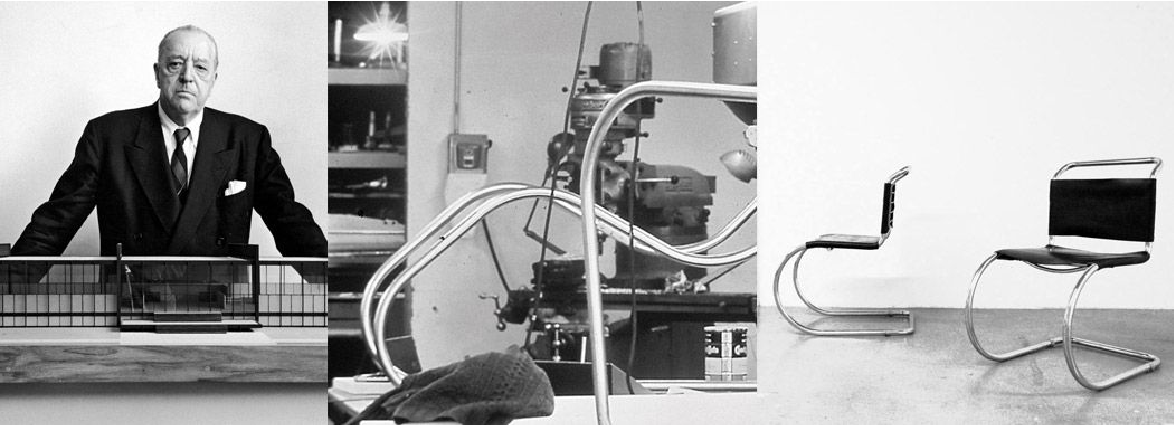
Mies van der Rohe was a pioneering architect whose radical vision helped define modern architecture in the 20th century. Born in 1886 in Aachen, Germany, as Maria Ludwig Michael Mies, he later adopted his mother’s surname “van der Rohe” to distinguish his professional identity. Without formal architectural training, he began his career as an apprentice in stonemasonry before working under the influential architect Peter Behrens, alongside future legends like Walter Gropius and Le Corbusier.
Over the decades, Mies rose to international prominence through a design philosophy rooted in clarity, order, and the honest expression of structure and material. As one of the central figures of the International Style, he advocated for stripped-down forms, open floor plans, and industrial materials such as glass and steel. His minimal yet monumental buildings marked a turning point in architectural history, shifting focus from decorative excess to rational elegance.
From leading the famed Bauhaus school in its final years to reshaping the skyline of Chicago and New York, Mies van der Rohe left an enduring impact on both theory and practice. His belief that architecture should serve both function and spirit—through restraint rather than embellishment—continues to shape how we define beauty in the built environment today.
At WeFixPix, we’re experts in real estate imagery, and we believe every space—like every great building—tells a story through structure and light. In this article, WeFixPix will guide you through the legacy of Mies van der Rohe and explore how his minimalist vision continues to inspire how we see, photograph, and design spaces today.
The Philosophy Behind “Less is More”
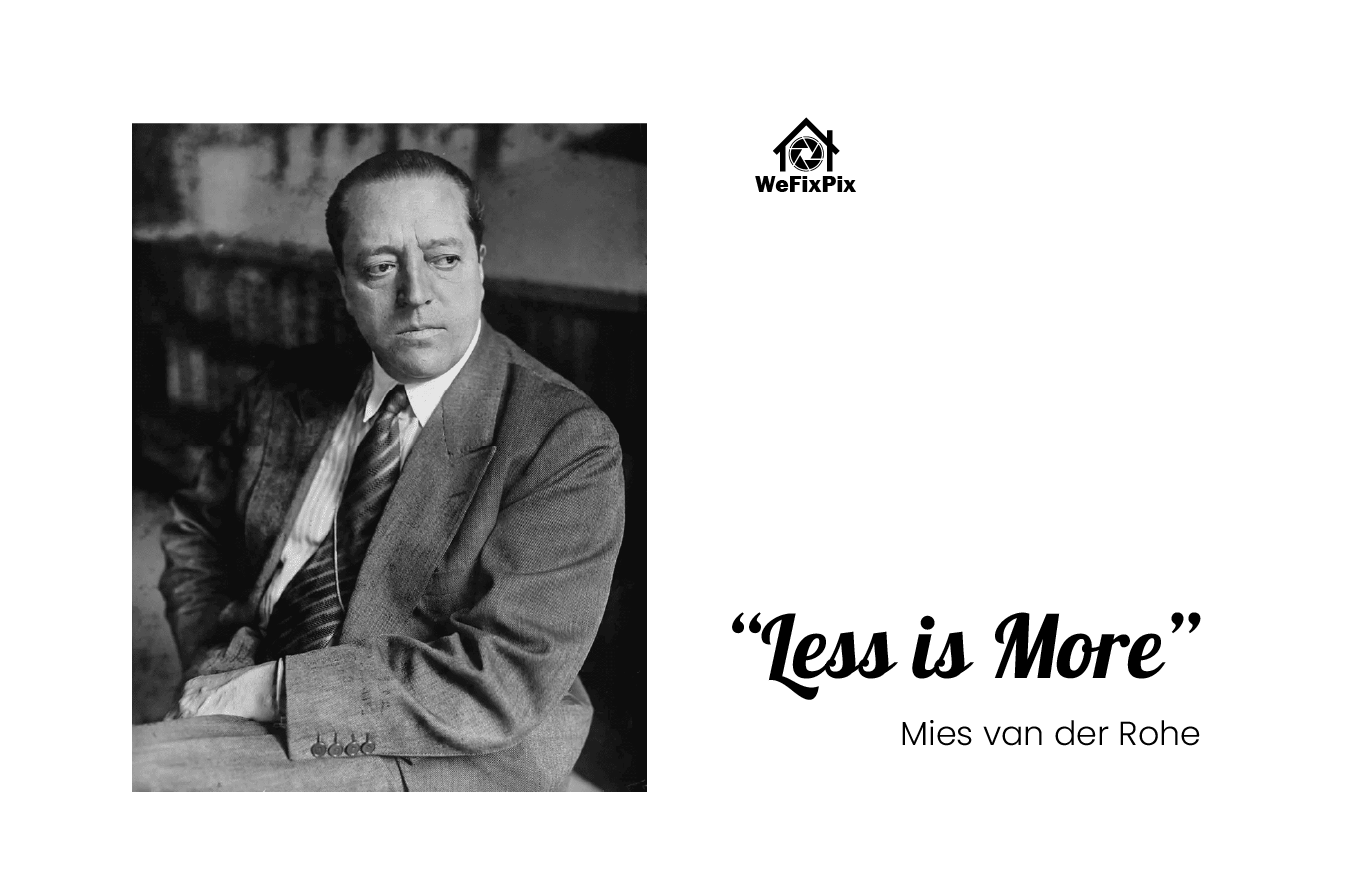
Less is more is the timeless principle most closely associated with Mies van der Rohe—a phrase that encapsulates the core of his architectural philosophy. While he was not the originator of the expression, Mies adopted and elevated it as a guiding mantra that reshaped the aesthetics and purpose of modern design. To him, simplicity was not about absence, but about essence. It was a deliberate act of refinement, where every element had to justify its existence.
At the heart of “Less is more” is the belief that beauty emerges from clarity, proportion, and restraint. Mies rejected ornamentation not as a rebellion, but as a pursuit of truth in form and function. His designs focused on space rather than structure, light rather than surface, and order rather than decoration. By eliminating the unnecessary, he allowed the architecture to speak directly, revealing its materials and its structure without disguise.
This minimalist approach was revolutionary in a world still heavily influenced by historicism and excessive decoration. In Mies’s hands, steel and glass were not cold industrial materials but tools to express elegance, openness, and modern life. “Less is more” wasn’t a style—it was an ethical stance, a response to the chaotic visual noise of the early 20th century, and a call for a new architecture suited to the modern world.
How “Less is More” Shaped His Architecture
“Less is more” wasn’t just a motto—it was the architectural DNA of Mies van der Rohe. His buildings didn’t aim to impress with ornament but to inspire through proportion, balance, and material honesty. This design philosophy led him to strip architecture down to its most essential elements, revealing the pure relationship between space, structure, and light.
One of the defining characteristics of Mies’s work is the emphasis on structure as expression. Unlike traditional buildings that hid their load-bearing systems behind facades and decoration, Mies celebrated the skeleton. Exposed steel frames, curtain walls of glass, and open-plan interiors weren’t just practical solutions—they were aesthetic choices that embodied clarity and integrity. The buildings became visual metaphors for his principle: nothing more than necessary, and nothing less than precise.
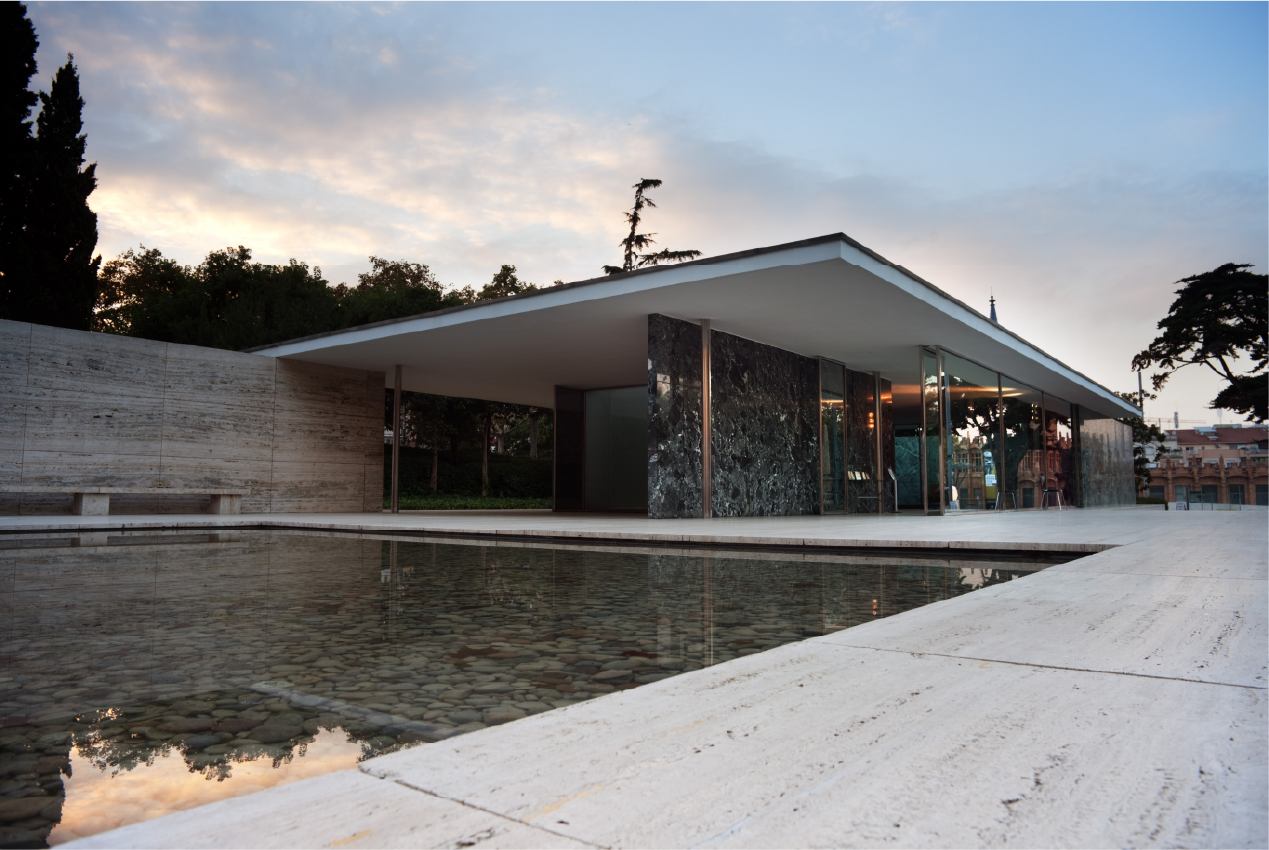
This is vividly seen in the Barcelona Pavilion (1929), where walls are freed from structural function, becoming floating partitions that guide the visitor’s movement. Materials like onyx, marble, and glass are used not to overwhelm, but to elevate simplicity into timeless elegance.
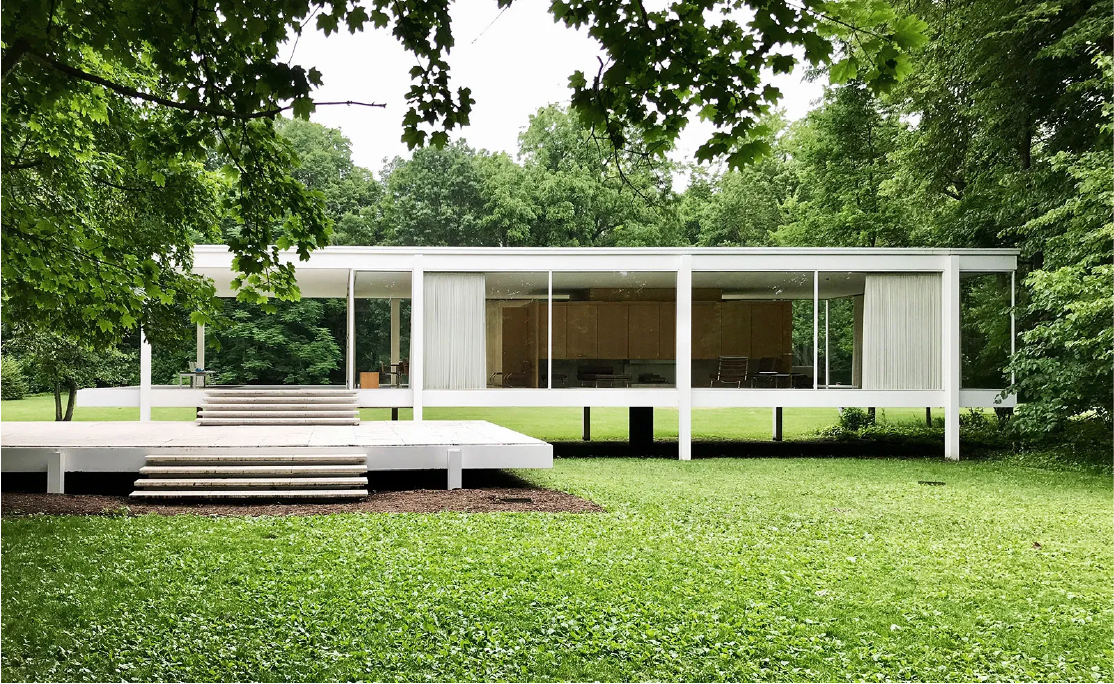
In the Farnsworth House (1951), Mies placed a glass box on stilts in the middle of nature, creating a seamless dialogue between human shelter and the surrounding landscape. Every inch of the home reflects restraint and intentionality—no walls obstruct the view, no ornament distracts from the experience of light and openness.
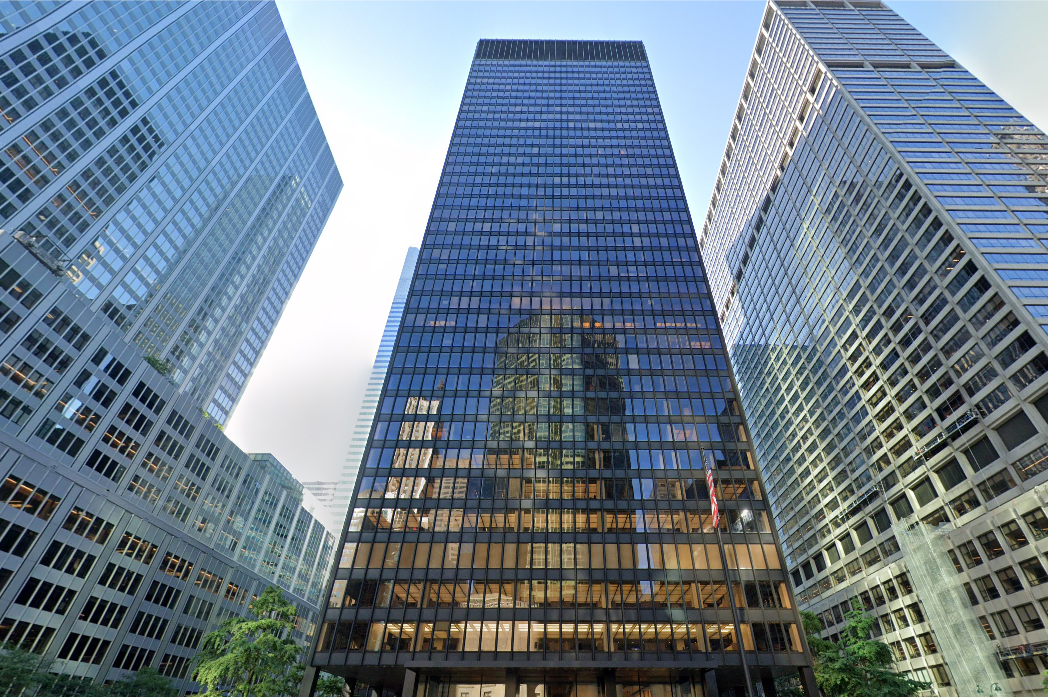
Later, with the Seagram Building (1958) in New York, Mies brought his vision to the skyscraper. The bronze-toned structure stands back from the street, introducing a public plaza while maintaining perfect symmetry and verticality. Here, “less is more” manifests in grandeur without excess—monumental but never heavy, modern but never sterile.
Through all his projects, Mies van der Rohe demonstrated that true modernity lies not in complexity, but in control. Every detail, every joint, every surface was meticulously considered—not to decorate, but to define. In doing so, he revolutionized not only what architecture looked like, but what it meant.
Global Influence and Legacy
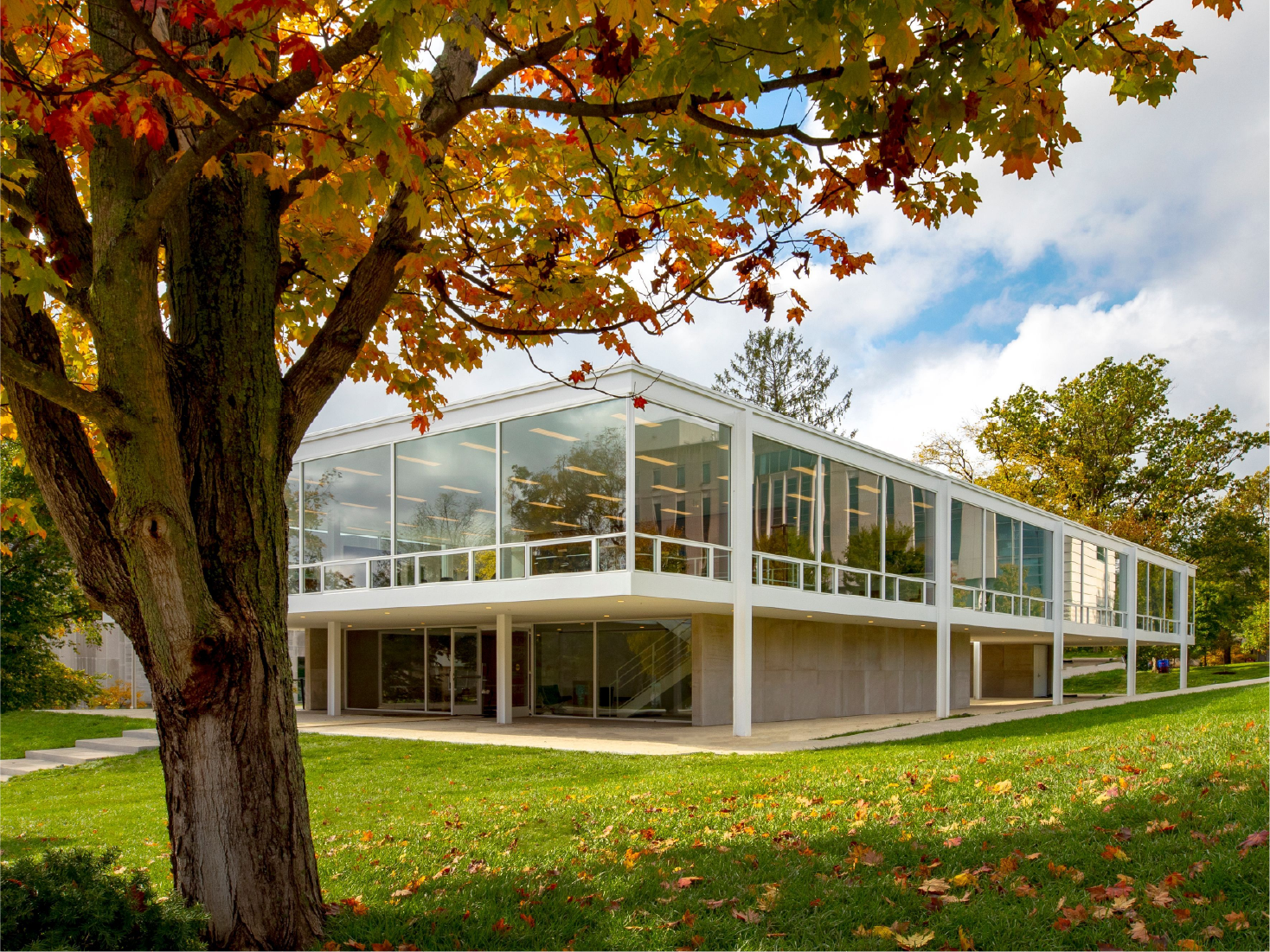
Mies van der Rohe left a legacy that transcends continents, generations, and disciplines. His approach to design—minimalist in appearance, yet monumental in concept—reshaped modern architecture and became a blueprint for how we build and perceive space in the 20th and 21st centuries.
After relocating to the United States in 1937, Mies took the helm of the School of Architecture at the Illinois Institute of Technology (IIT). There, he didn’t just teach architecture—he redefined how it should be taught. His emphasis on structural honesty, functional clarity, and the use of industrial materials influenced a generation of architects who went on to shape the skylines of major cities across the globe.
The International Style, with Mies as one of its key visionaries, became the dominant architectural language of the post-war era. From Europe to Asia and across the Americas, steel-and-glass towers rose, echoing the clean geometry and minimalism of Miesian thought. His influence can be seen in everything from corporate skyscrapers to residential buildings, government centers, and museums.
Projects like the Lake Shore Drive Apartments in Chicago and the Seagram Building in New York became icons of urban elegance—showcasing how simplicity, when executed with precision, can achieve lasting beauty. Even his unbuilt proposals, such as the Glass Skyscraper, inspired countless experiments in transparency and material economy.
Beyond architecture, Mies’s legacy extends into product design, urban planning, and visual culture. The Barcelona Chair, designed for the 1929 pavilion, remains a design classic—a symbol of modern elegance and restraint. Meanwhile, his principles are echoed today in sustainable architecture, minimalist interiors, and the digital visualization of space in photography and real estate marketing.
As a brand deeply engaged with the visual representation of architecture, WeFixPix continues to draw inspiration from Mies’s ideals. Whether through capturing clean lines, natural light, or spatial balance, we believe that every great photograph—like every great building—begins with clarity of vision.
Beyond Buildings: Mies’s Influence on Furniture
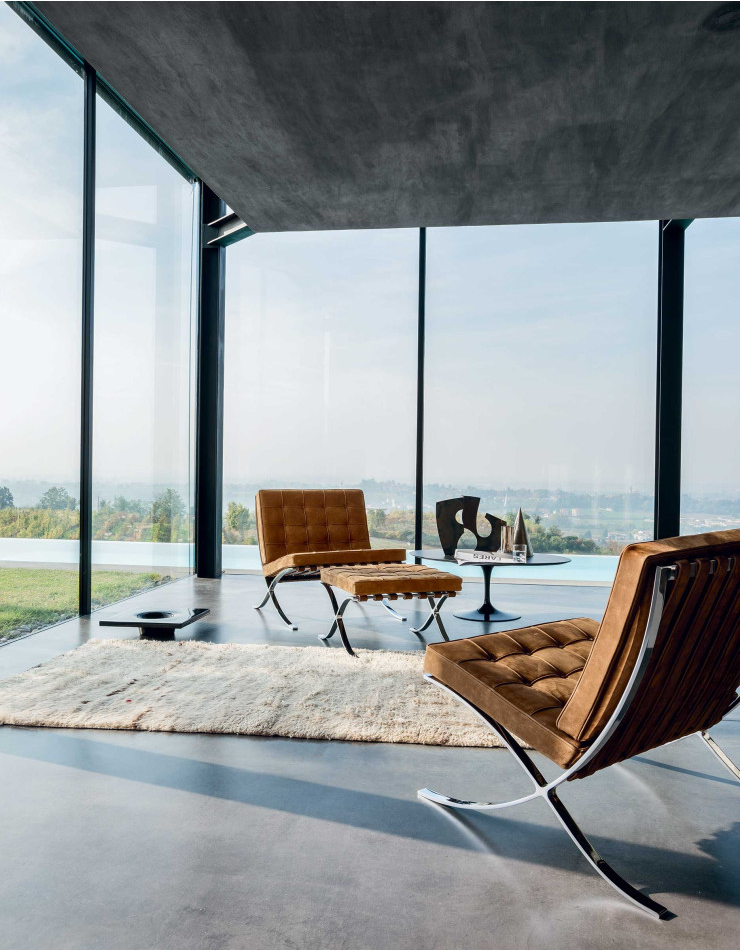
Mies van der Rohe didn’t limit his design genius to architecture alone—he extended his minimalist philosophy to the world of furniture, creating pieces that have become timeless icons of modern design. Just as his buildings expressed structure, space, and simplicity, his furniture followed the same principles: clarity, elegance, and function above all else.
The most celebrated example is the Barcelona Chair, designed in 1929 for the German Pavilion at the International Exposition in Barcelona. Though created for royalty, its design avoided grandeur in favor of quiet dignity. With its stainless steel frame and hand-tufted leather cushions, the chair embodied a sculptural grace—both minimalist and luxurious. Even today, it stands as a symbol of modern sophistication and is still produced by Knoll as part of their official Mies collection.
Mies also designed the Brno Chair, MR series (featuring the iconic cantilevered form), and daybeds that reflect his mastery of proportion and balance. These works demonstrate his commitment to the idea that form follows function, but never at the cost of beauty. His furniture often used industrial materials like steel and leather, reflecting his architectural use of glass and metal, yet always crafted with precision and refinement.
By stripping down design to its essence, Mies created furniture that is at once understated and deeply expressive. His pieces are not decorative accessories, but architectural elements in their own right—perfectly at home in both modernist spaces and contemporary interiors.
At WeFixPix, we understand how design details—whether in architecture or interiors—shape the identity of a space. When photographing real estate or luxury interiors, capturing furniture inspired by Mies means celebrating the balance between form, material, and atmosphere. It’s this legacy that continues to influence not just what we build, but how we see and showcase design.
Looking to bring the elegance of modern minimalism into your listings?
Explore our Virtual Home Staging Services and discover how WeFixPix can transform empty spaces into visually stunning, buyer-ready interiors—styled with the same timeless principles that defined Mies van der Rohe’s legacy.
What We Can Learn from Mies van der Rohe
Mies van der Rohe taught the world that great design isn’t about adding more—it’s about removing everything that doesn’t serve purpose, harmony, or truth. His famous credo, “Less is more,” continues to guide not only architects and designers, but anyone seeking clarity and focus in visual expression. Through buildings, furniture, and philosophy, Mies redefined modernism as a pursuit of essence over excess.
His legacy reminds us that minimalism is not emptiness—it’s intention. Whether it’s a glass pavilion, a cantilevered chair, or a thoughtfully staged living room, Mies’s influence proves that simplicity, when done well, is both powerful and timeless.
At WeFixPix, we embrace this vision every day. Through expert real estate photography and visual staging, we help you present your space with clarity, purpose, and aesthetic impact—values that echo Mies’s own design philosophy.
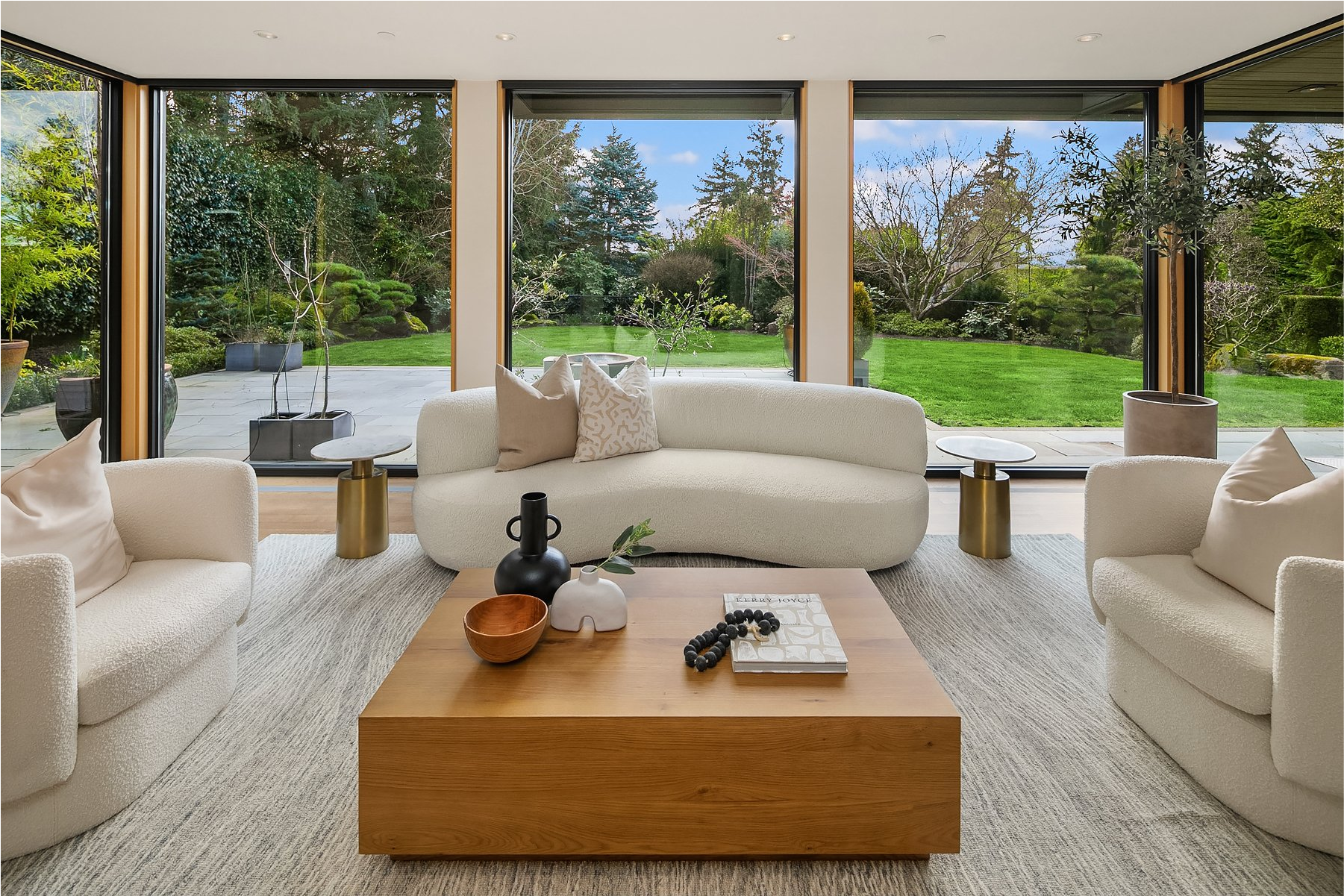
FAQs About Mies van der Rohe and “Less is More”
What does “Less is more” mean in architecture?
“Less is more” is a design philosophy made famous by Mies van der Rohe, emphasizing simplicity, clarity, and the elimination of unnecessary elements. In architecture, it means focusing on structure, material, and proportion to create spaces that feel open, balanced, and purposeful without decorative excess.
Why is Mies van der Rohe considered a pioneer of modern architecture?
Mies van der Rohe is considered a pioneer of modern architecture because he introduced new ways of thinking about space, materials, and structure. He championed the use of steel, glass, and open floor plans to reflect a new industrial age. His minimalist approach helped define the International Style and reshaped urban landscapes around the world.
What are Mies van der Rohe’s most iconic buildings?
Some of Mies van der Rohe’s most iconic buildings include:
-
Barcelona Pavilion (1929, Spain)
-
Farnsworth House (1951, USA)
-
Seagram Building (1958, NYC)
-
Neue Nationalgalerie (1968, Berlin)
These projects showcase his core principles: structure as beauty, transparency, and “Less is more” design thinking.
Did Mies van der Rohe also design furniture?
Yes. Mies van der Rohe designed several pieces of furniture that are now considered design classics. The most famous is the Barcelona Chair, created in 1929, which reflects the same minimalist and functional values found in his buildings. His furniture designs are still in production today and widely used in both modern and luxury interiors.
How does Mies van der Rohe’s philosophy apply to real estate photography and staging?
Mies’s philosophy of “Less is more” applies beautifully to real estate presentation. Clean lines, uncluttered spaces, and intentional design choices allow the architecture to speak for itself. At WeFixPix, we use these principles in our Virtual Home Staging Services to help listings feel open, elegant, and emotionally appealing—without overwhelming buyers.

 English
English Français
Français